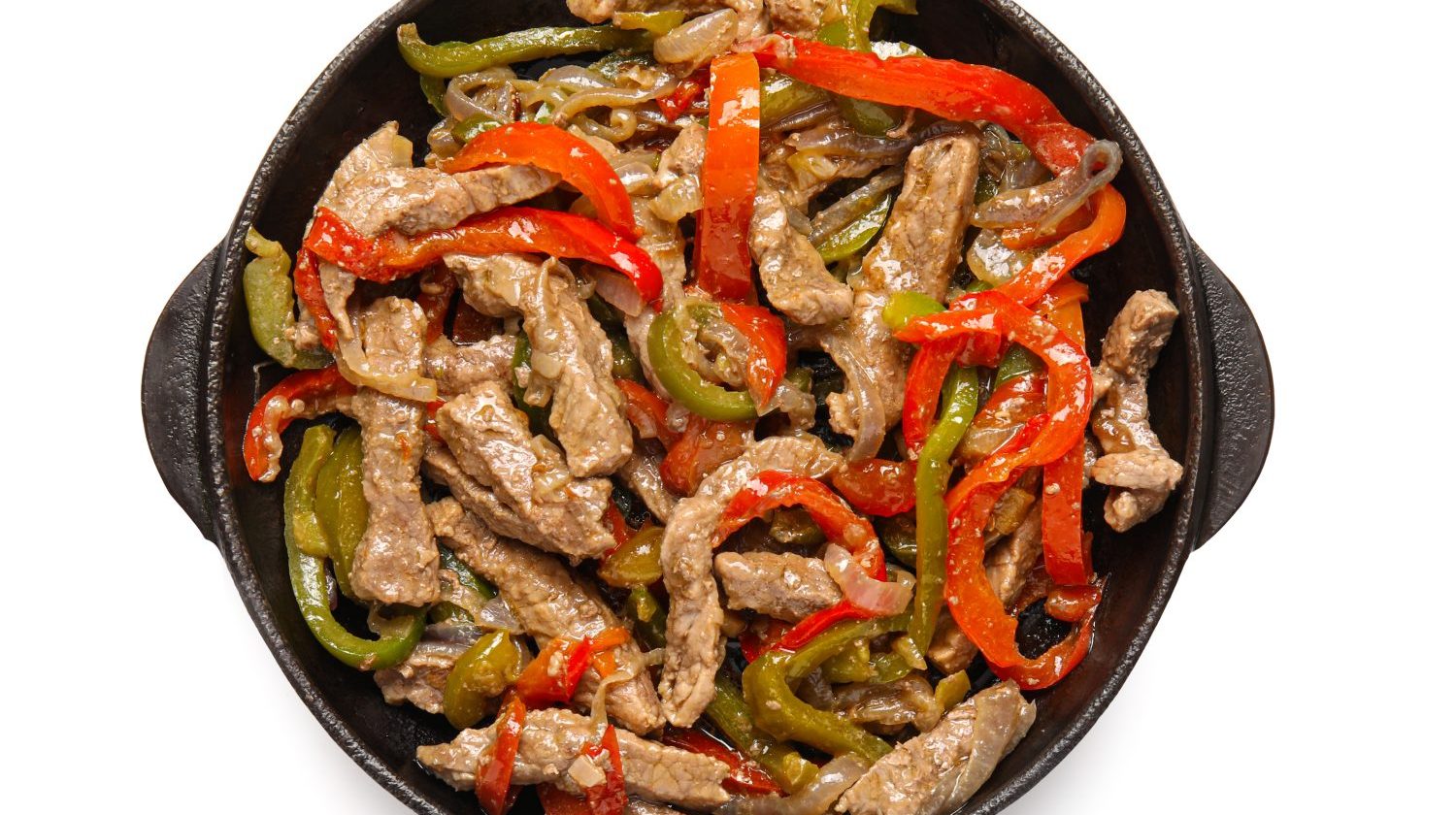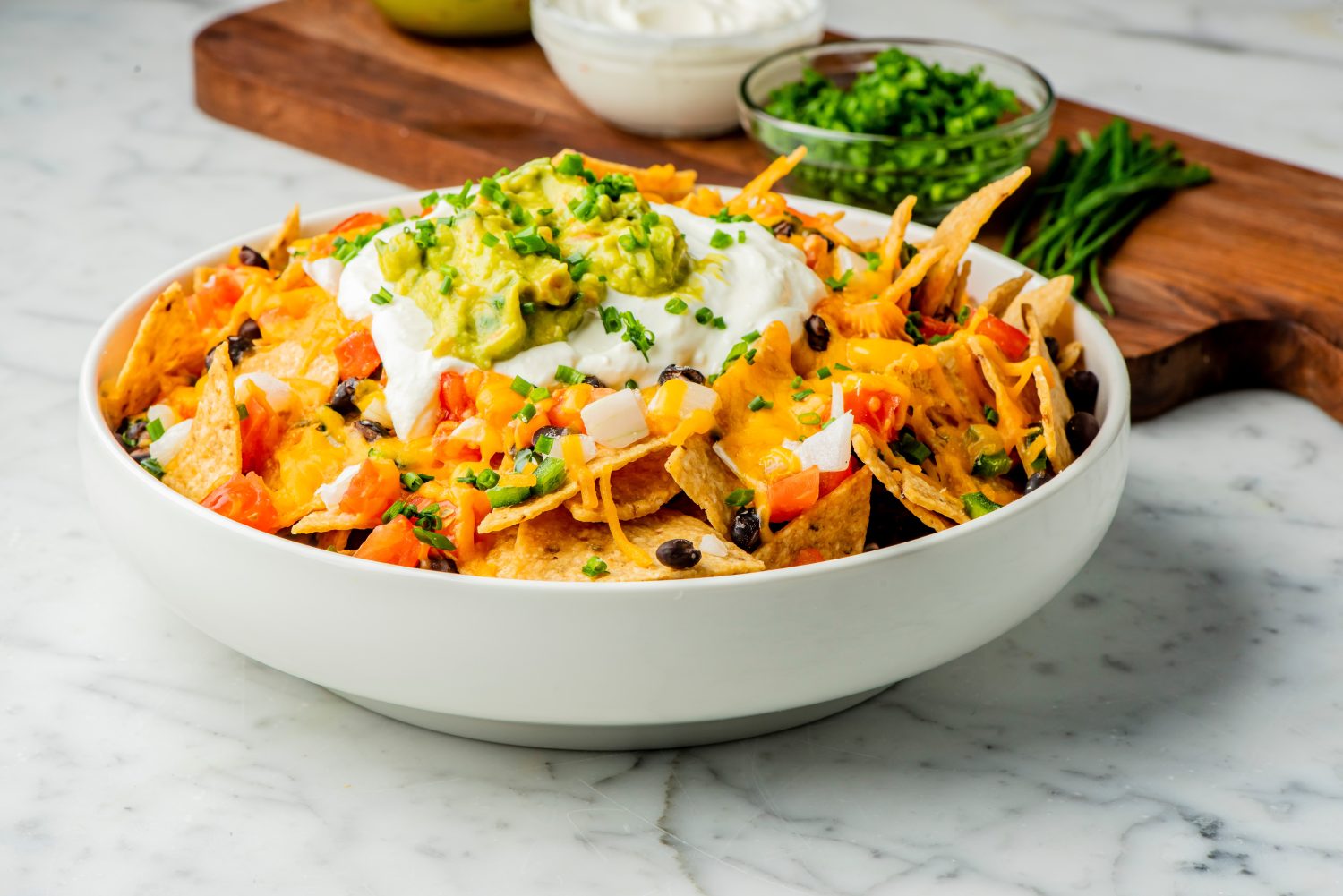Mexican food is extremely popular in the United States. Various surveys of “foreign” cuisines generally name it as our second most beloved kind, after Chinese. And increasingly around the country, and especially in the coastal states, chefs from Mexico itself are opening places showcasing regional cooking, like that of Oaxaca, Yucatán, or Baja California — and ingredients that were once hard to find, like masa for tortillas, herbs like epazote and culantro (a cilantro relative), and Mexican cheeses, now show up in specialty stores and at least some supermarkets.
That said, much of what we consider Mexican food is actually more correctly described as Tex-Mex — a genre originally created by Tejanos (Texans of Mexican descent) based on taste preferences and available ingredients on both sides of the border. Some authorities on Mexico’s cuisines (and the plural is appropriate) decry Tex-Mex as a bastardized imitation of the real thing, but it’s a genuine regional cuisine, no more inauthentic than, say, Italian-American or Creole cooking.
We’re not talking about the offerings of chains like Taco Bell or Chipotle, both of whom have invented their own styles of what might be called Mexican-ish (or maybe Tex-Mex-ish) food. But the border dishes that developed in Texas, and also in California, Arizona, and New Mexico, have informed our opinions of what Mexican food is to a considerable extent. (Here’s a list of the top Mexican restaurant in every state.)
In appreciation of both Mexican and Tex-Mex fare, 24/7 has compiled some definitions of similar dishes, some with the same names, on both sides of the divide. It should be noted it’s almost impossible to be precise in these matters because there are infinite variations in recipes in both kinds of food. Some Tex-Mex traditions have been adopted south of the Rio Grande, either to please American tourists or because they’ve found an audience of locals. At the same time, more and more authentic Mexican elements are infusing what’s served here, even at the most Americanized places.
The following definitions are admittedly broad generalizations, and many exceptions may be noted. But the good news is that whether these foods are considered Tex-Mex or Mexican, they’re all really good to eat.
Tex-Mex: Yellow cheese

Like a bright glowing signal, the presence of grated or melted yellow cheese (typically cheddar) is a sure sign that the dish you’re eating is Tex-Mex. If white cheese is involved, it’s probably Monterey Jack.
Mexican: White cheese
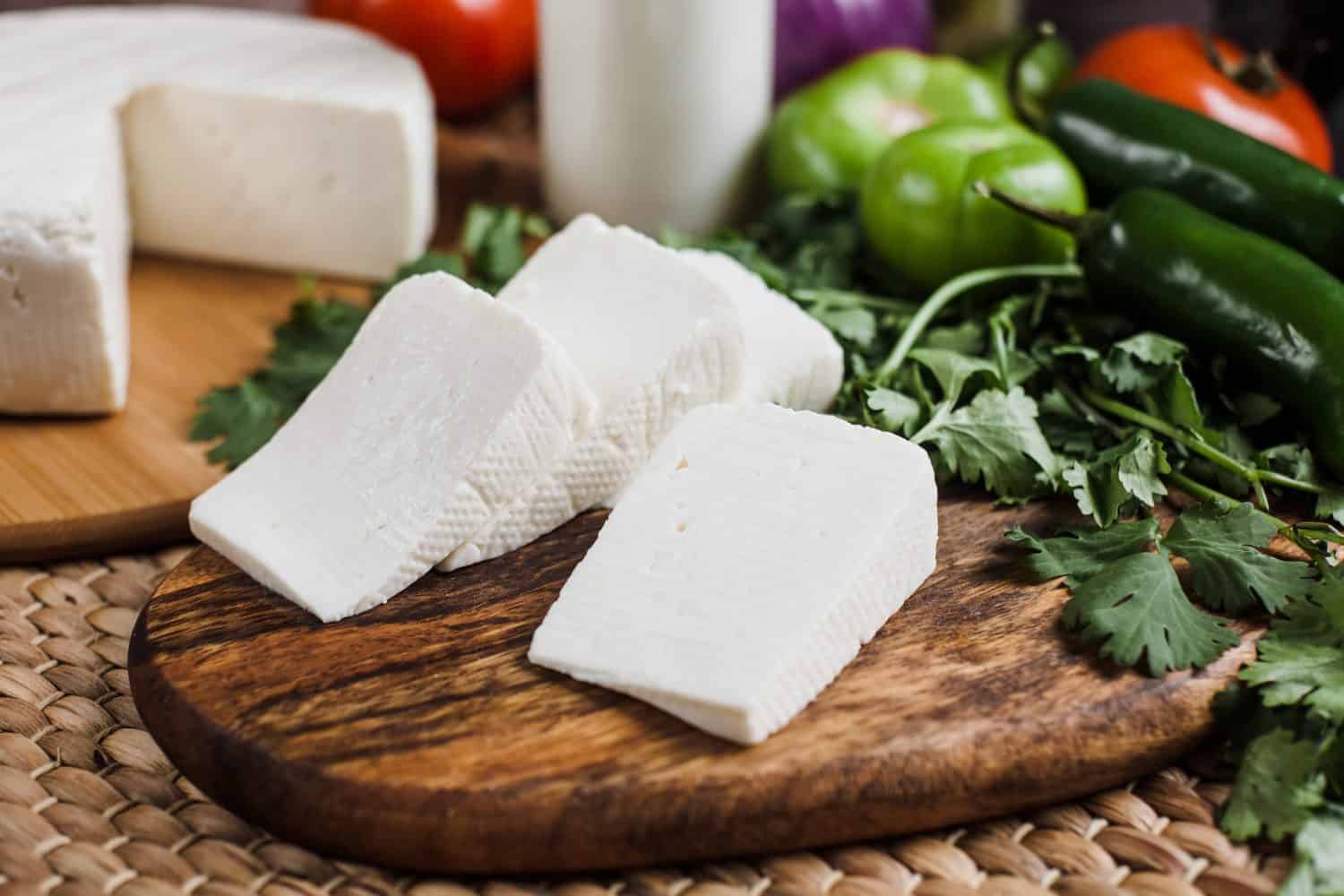
Most cheese in Mexico is white. You’ll find queso fresco or cotija crumbled on top of dishes or varieties like queso asadero or queso Oaxaca melted inside quesadillas, in queso fundido (see below), and many other Mexican standards.
Tex-Mex: Queso
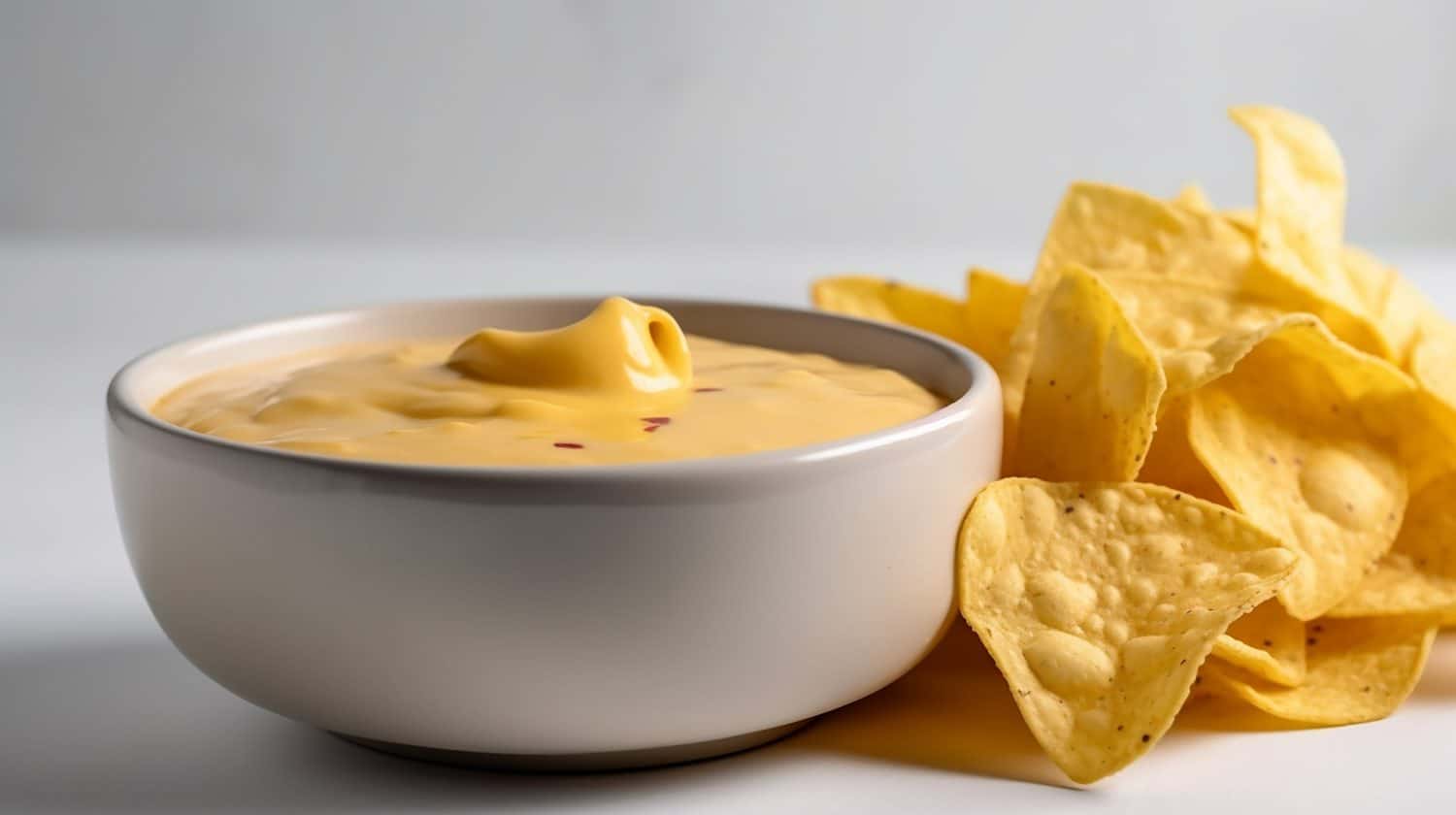
According to some purists, this ubiquitous Texas melted-cheese appetizer, usually eaten with tortilla chips, is made with nothing but Velveeta processed cheese and Ro-Tel diced tomatoes and green chiles. Of course, many people ramp it up with grated cheddar, sometimes with other cheeses added — but it’s always yellow.
Mexican: Queso fundido
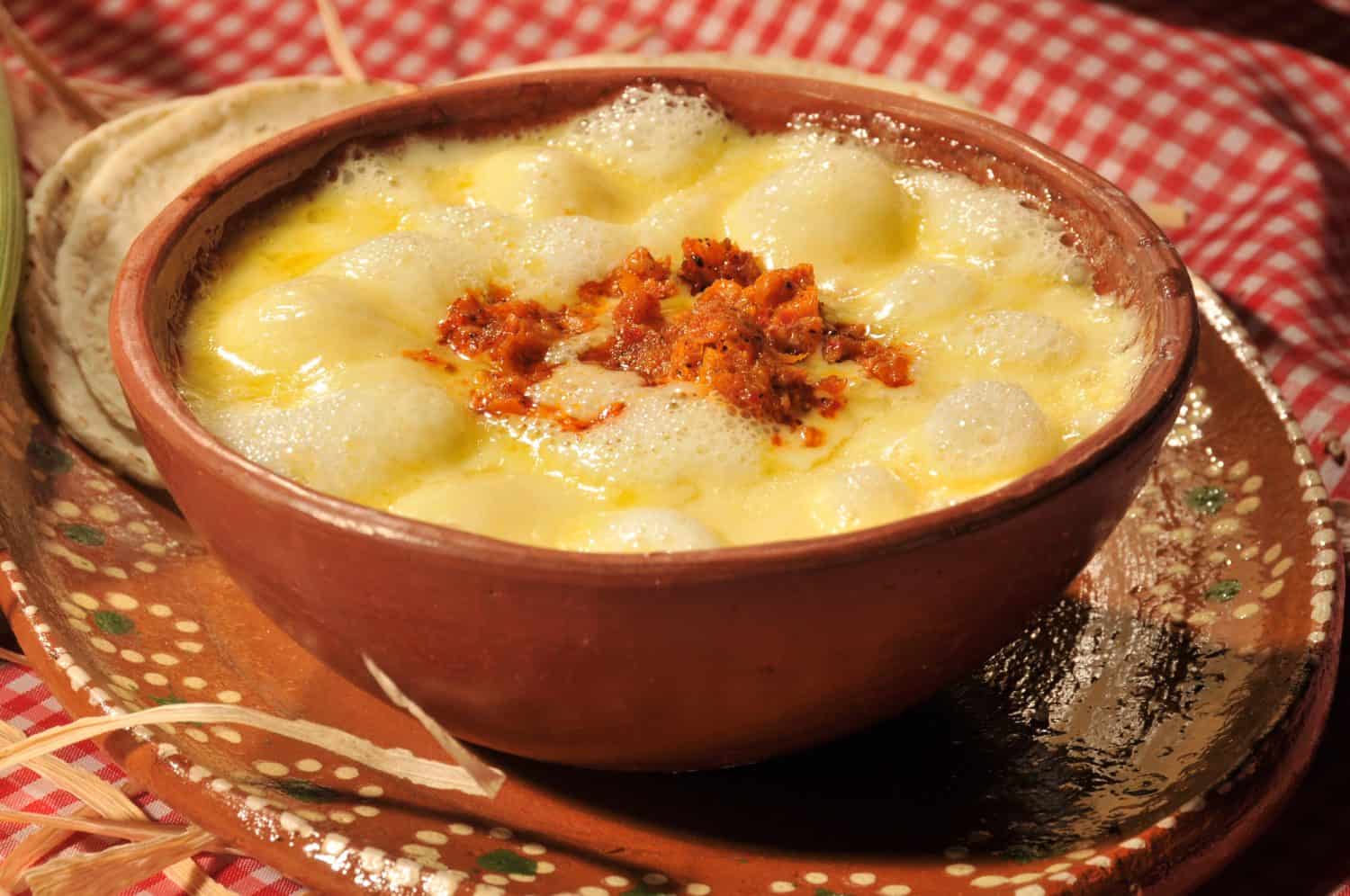
Mexico’s version of the dish, called queso fundido (melted cheese) or queso flameado (flamed — because sometimes it’s flambéed with tequila or some other high-proof alcohol), is made with white cheese (of course) and often has crumbled chorizo added. Instead of chips, it’s most often eaten with tortillas.
Tex-Mex: Chili con carne
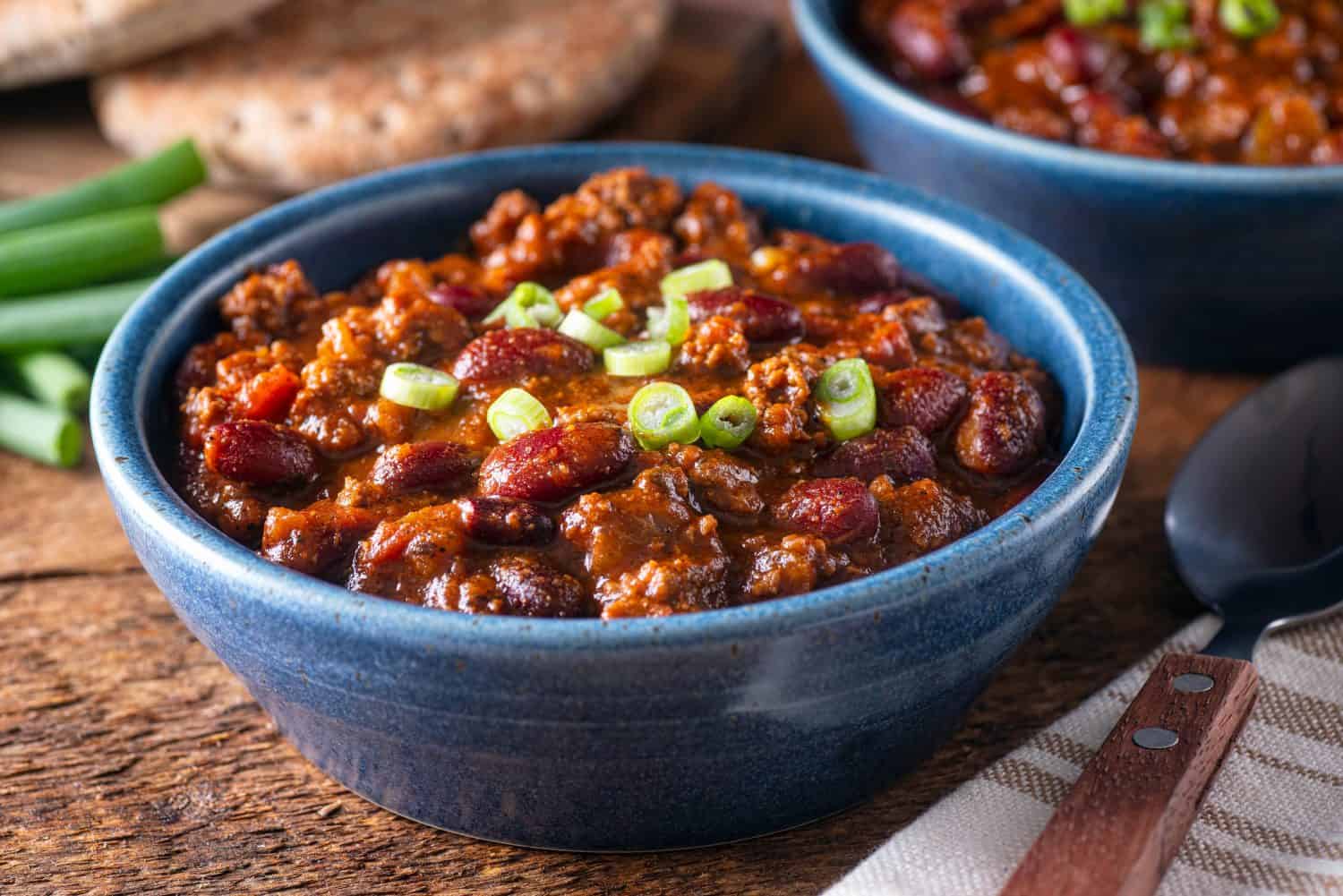
This is a purely Tex-Mex invention, sometimes made with ground beef, sometimes with shredded or finely chopped meat (and no beans!), and flavored with chili powder, which is heavy on the cumin, a spice used only sparingly in Mexico.
Mexican: Chile colorado
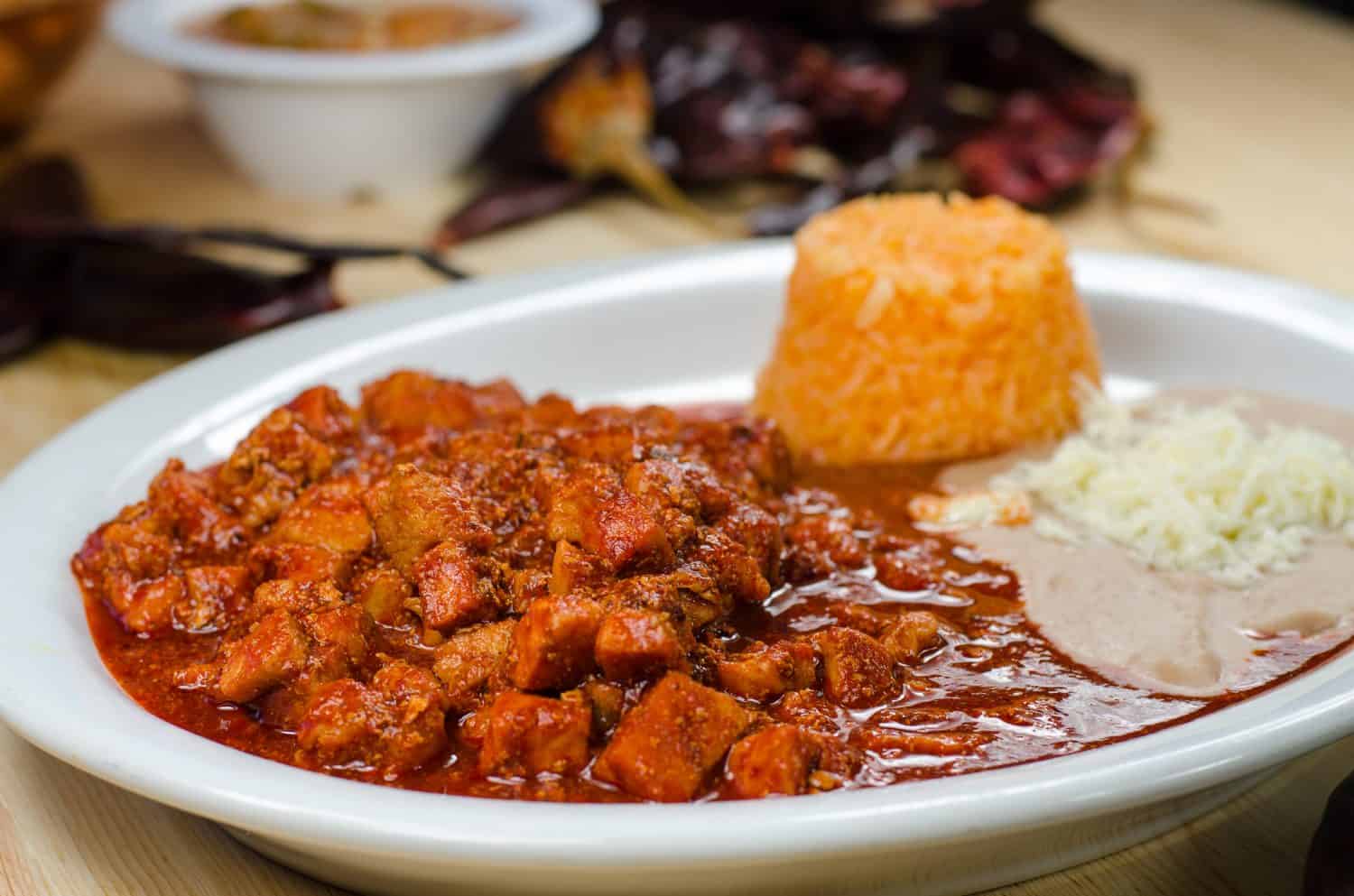
This is probably the closest Mexican dish to Tex-Mex chili, a kind of beef stew flavored with reconstituted dried chiles. (Texans call their chili “a bowl of red”; the word “colorado” means red in Spanish, so there’s a connection.)
Tex-Mex: Fajitas
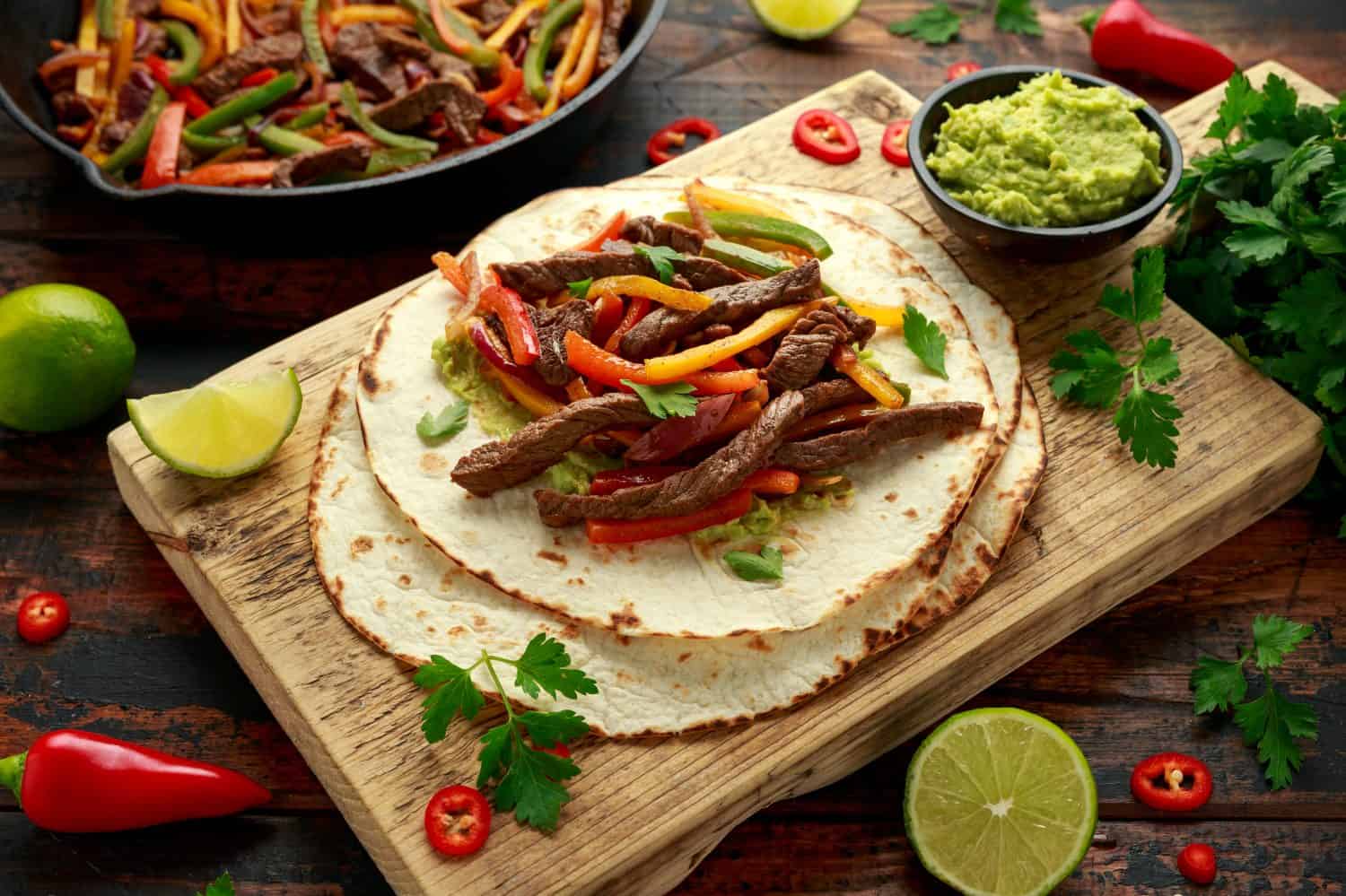
Originally thin strips of skirt steak but now made with other cuts of beef, chicken, even shrimp, cooked with sliced onions and bell peppers and usually served on a sizzling platter with flour tortillas on the side.
Mexican: Fajita
The word means “little belt” or “little strip” in Spanish, and it’s not the name of a dish — it’s a word for skirt or flank steak. (The meat is generally grilled, and because it’s chewy, it’s usually cut into strips.) Another name for the meat is “arrachera.”
Tex-Mex: Tacos
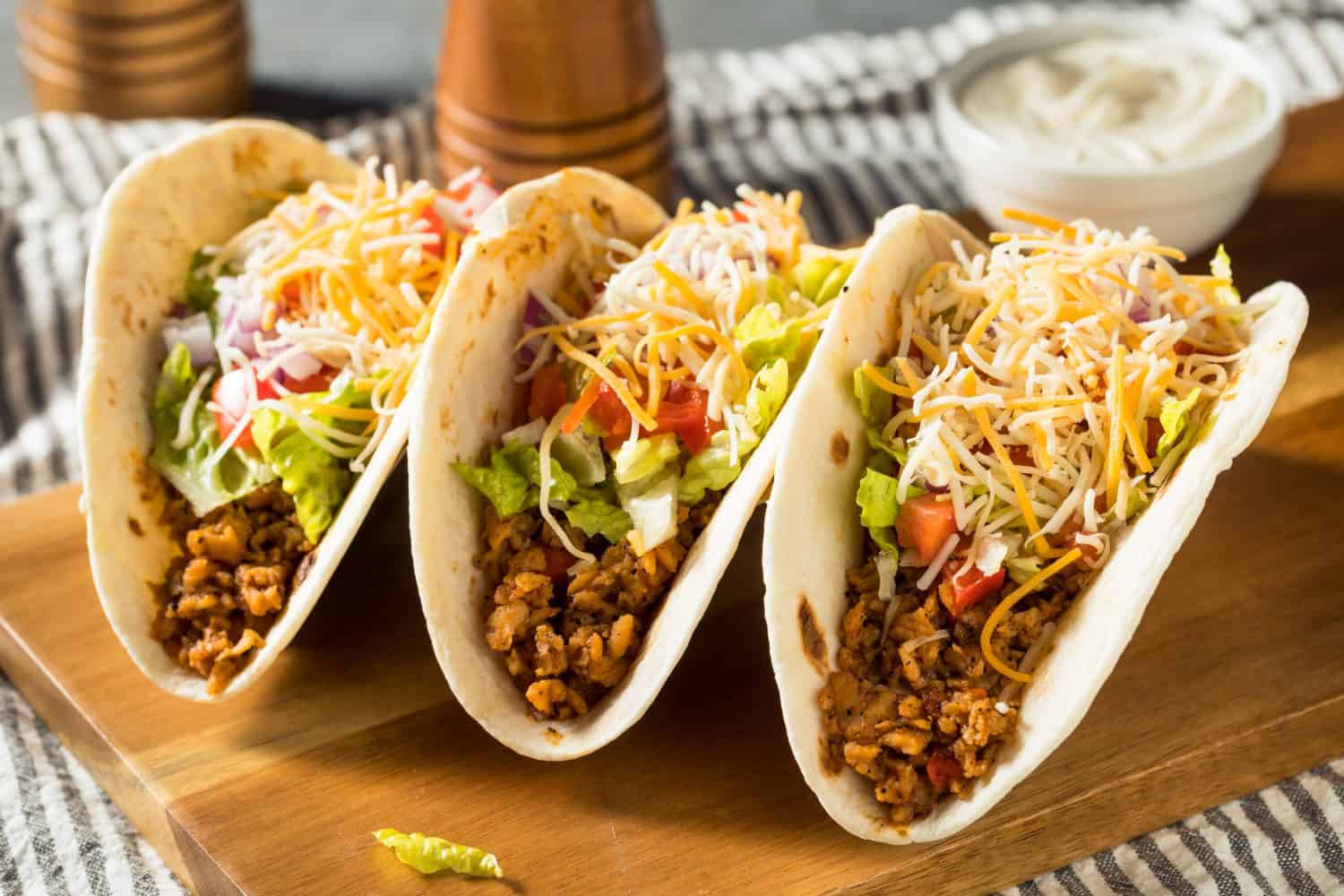
Crispy taco shells filled with seasoned ground meat, shredded lettuce, chopped tomatoes, and grated (need we say yellow?) cheese, perhaps enhanced with hot sauce — whether they come from Taco Bell or from a mom-and-pop restaurant where the tortillas might be made by hand and the meat spiced according to a family recipe — are typical Tex-Mex fare.
Mexican: Tacos

In some parts of Mexico, people do eat tacos in fried hard shells (sometimes called “tacos dorados” — golden tacos), but the typical Mexican taco consists of one or two small corn tortillas, served flat but to be curled up for eating, with some kind of meat (the possibilities are many), chopped onions, and chopped cilantro, seasoned with a squeeze of lime juice. There are many variations on the theme, of course, but none look very Tex-Mex.
Tex-Mex: Nachos
This one’s a little tricky because nachos were actually invented in Mexico, by a restaurateur named Ignacio “Nacho” Anaya at the Victory Club in Piedras Negras (just across the border from Eagle Pass, Texas) back in 1943. The originals were just individual tortilla chips topped with shredded cheese and slices of pickled jalapeños. While they’re certainly served in Mexico today, to satisfy touristic demand, they’ve never really taken hold and diversified as they have in the U.S.
Mexican: Chilaquiles
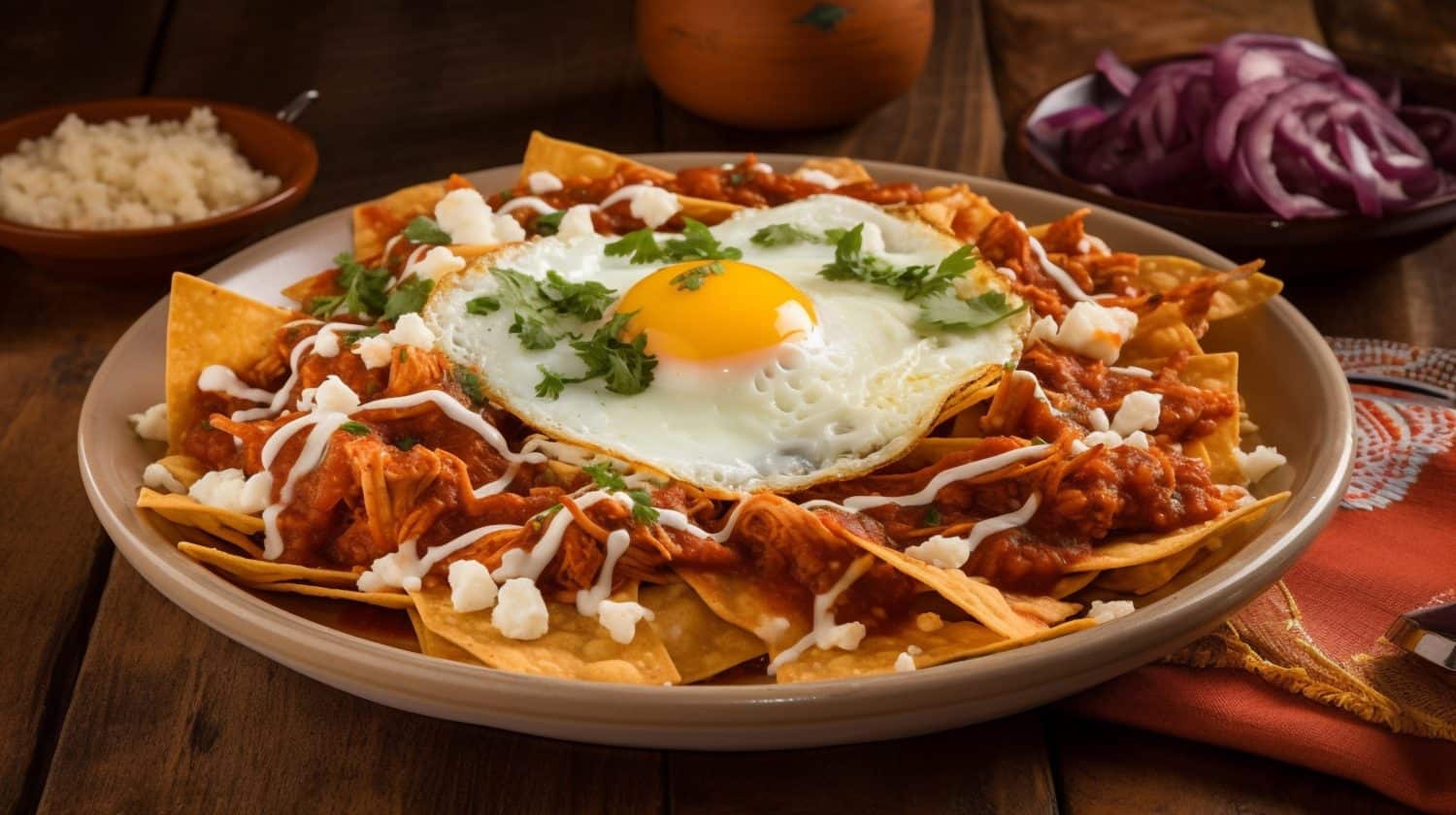
Probably the closest Mexican parallel to nachos is this popular breakfast dish, made of tortilla chips soaked in red or green salsa, often garnished with shredded queso fresco or crumbled cotija. Some versions have shredded chicken stirred in and it’s often served with a fried egg on top.
Tex-Mex: Chimichangas
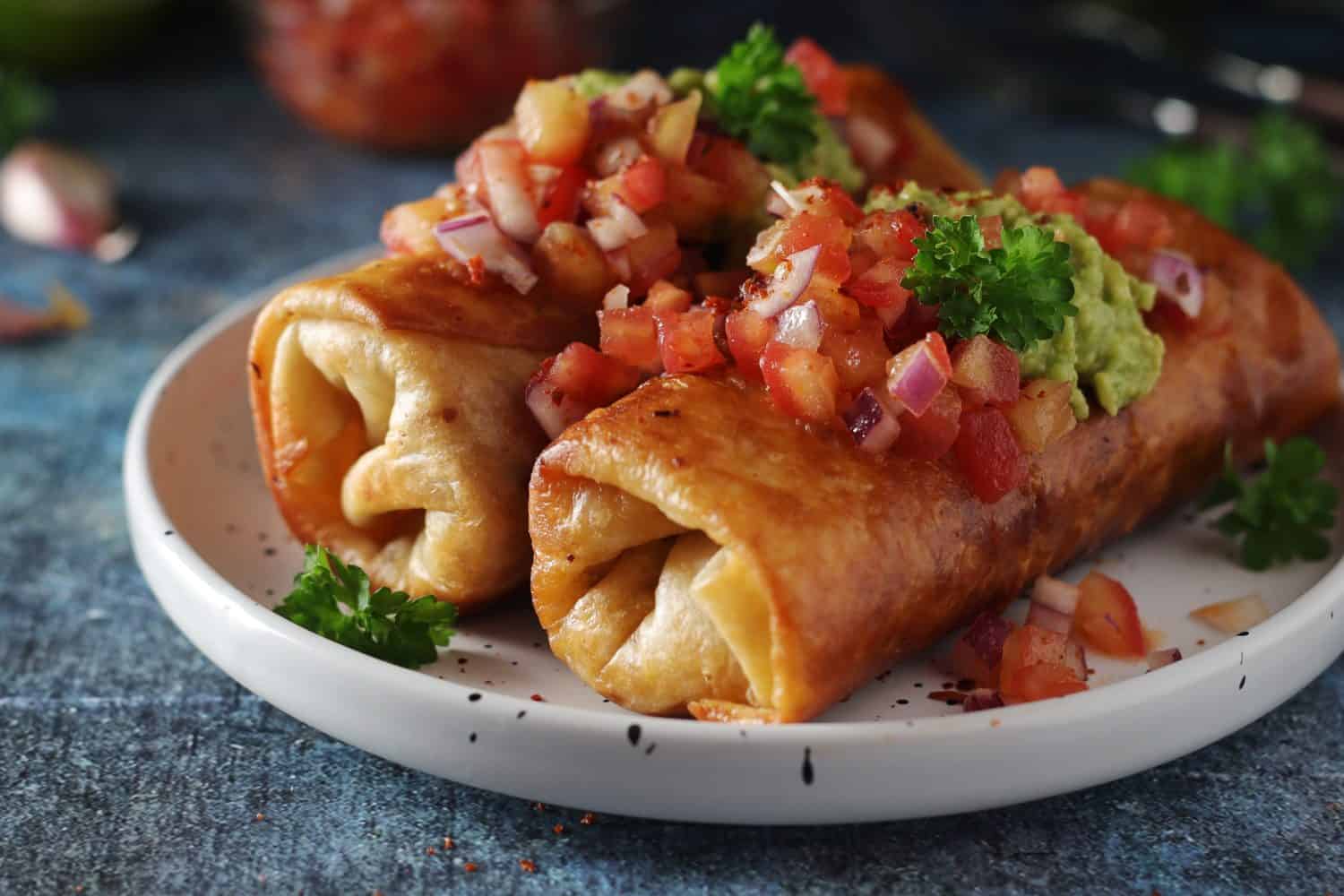
These fried burritos might actually be more Ariz-Mex than Tex-Mex, as two different Arizona restaurateurs claim to have invented them. The origin of the word is disputed, but it might be a variation on some regional term for “thingamajig” or “trinket.” Wherever chimichangas come from, they’re now part of many a Tex-Mex menu.
Mexican: Taquitos/flautas
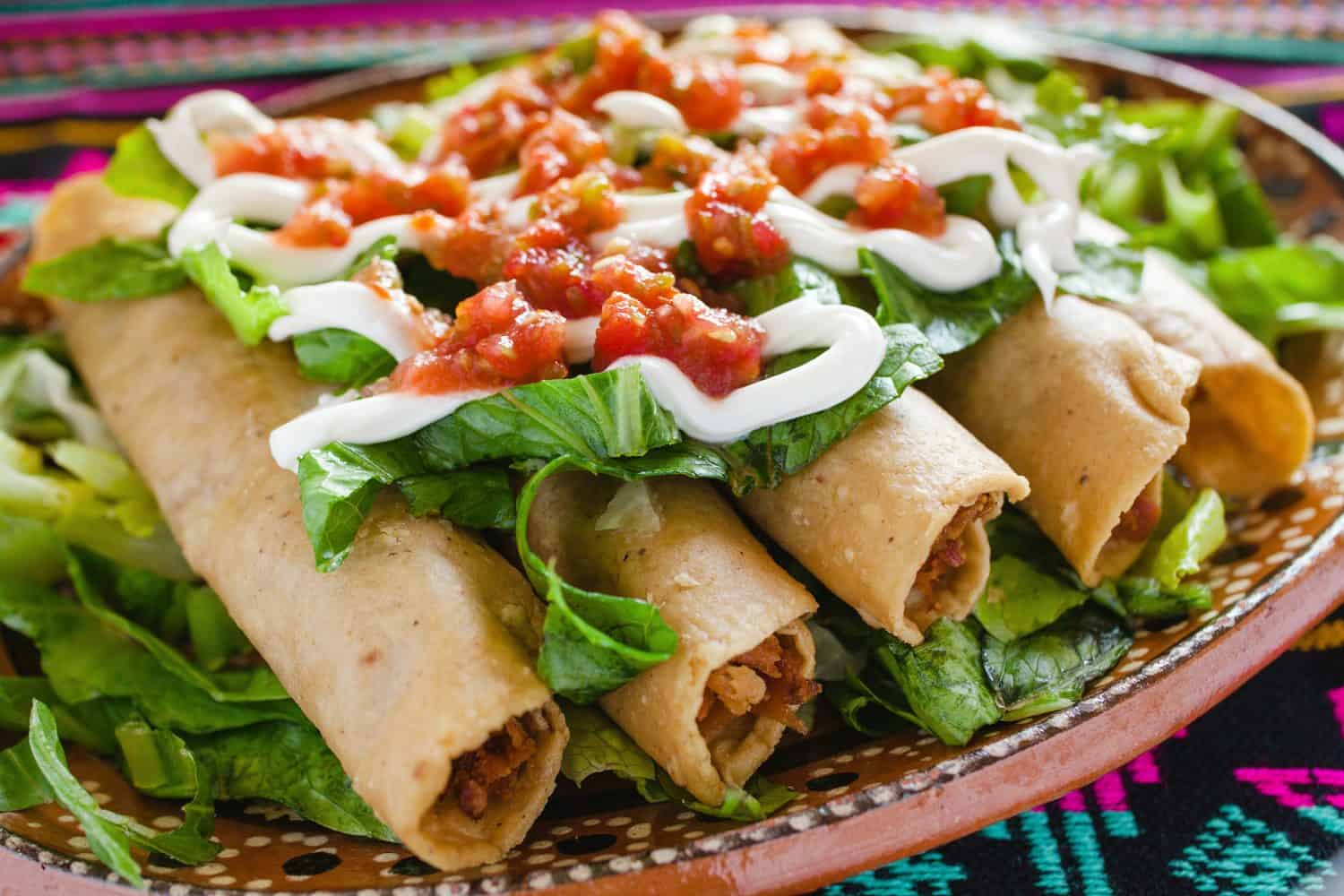
These are not fried burritos but rolled, fried tacos with various fillings. In common usage, the smaller ones are called “taquitos” (little tacos), while the larger ones are flautas (flutes). The term “tacos dorados,” often used to mean crispy taco shells (see above), is also sometimes applied to these treats.
Mexican: Quesadillas
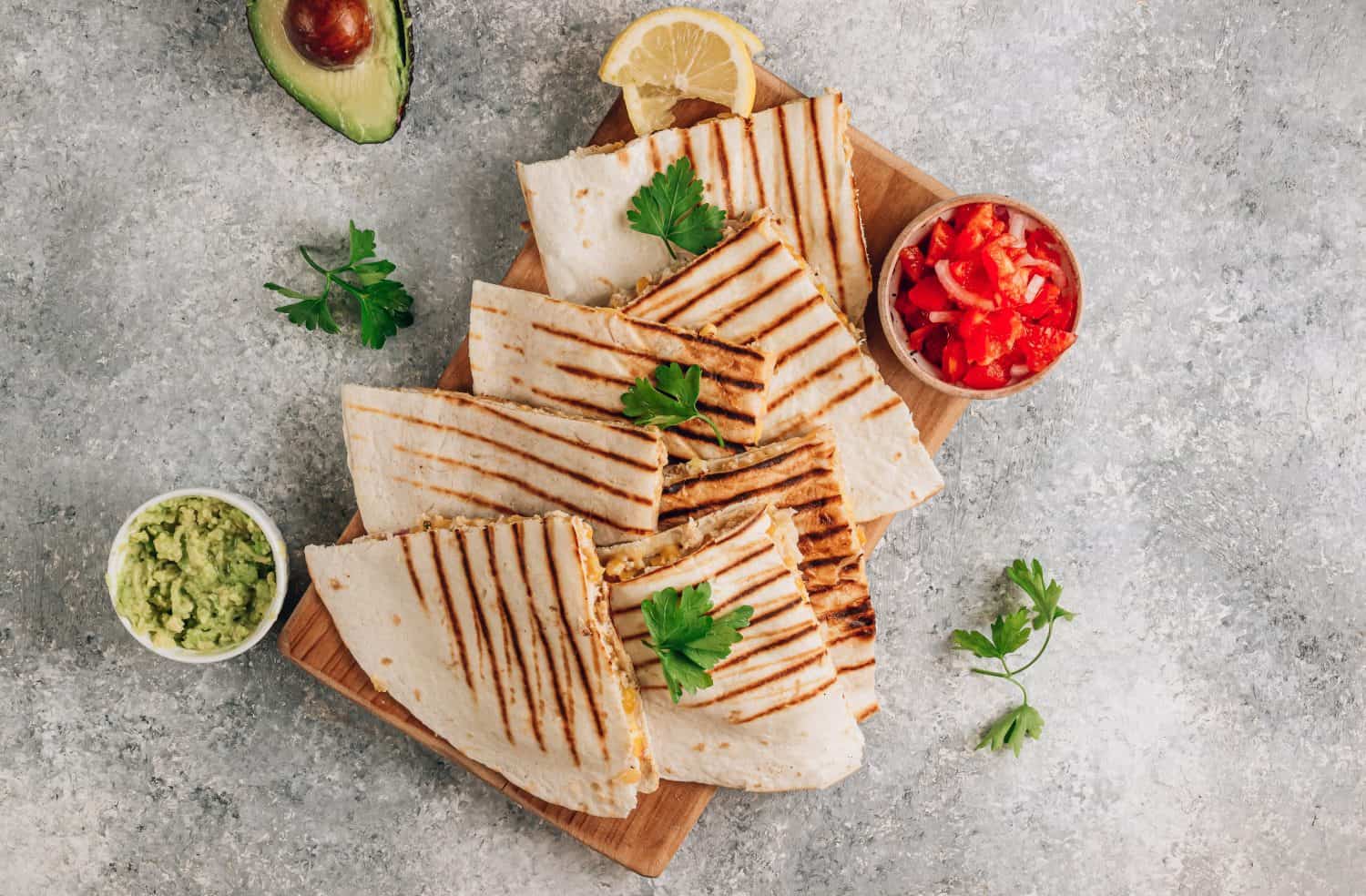
The typical Mexican quesadilla is an uncooked corn tortilla, folded over shredded cheese (for instance, queso Oaxaca) and toasted on both sides in a skillet or on a comal (a flat cast-iron pan). Squash blossoms, huitlacoche (corn fungus), chicken tinga, and other fillings are sometimes added. Interestingly, while the name comes from “queso” (cheese), in some places — particularly Mexico City — they might not include any cheese at all.
Tex-Mex: Quesadillas

The quesadillas everybody knows in America are almost always folded-over (cooked) flour tortillas, filled with cheese and maybe chicken or other ingredients, then browned in a pan until the cheese melts. (Here are 25 classic food combinations everybody loves.)
